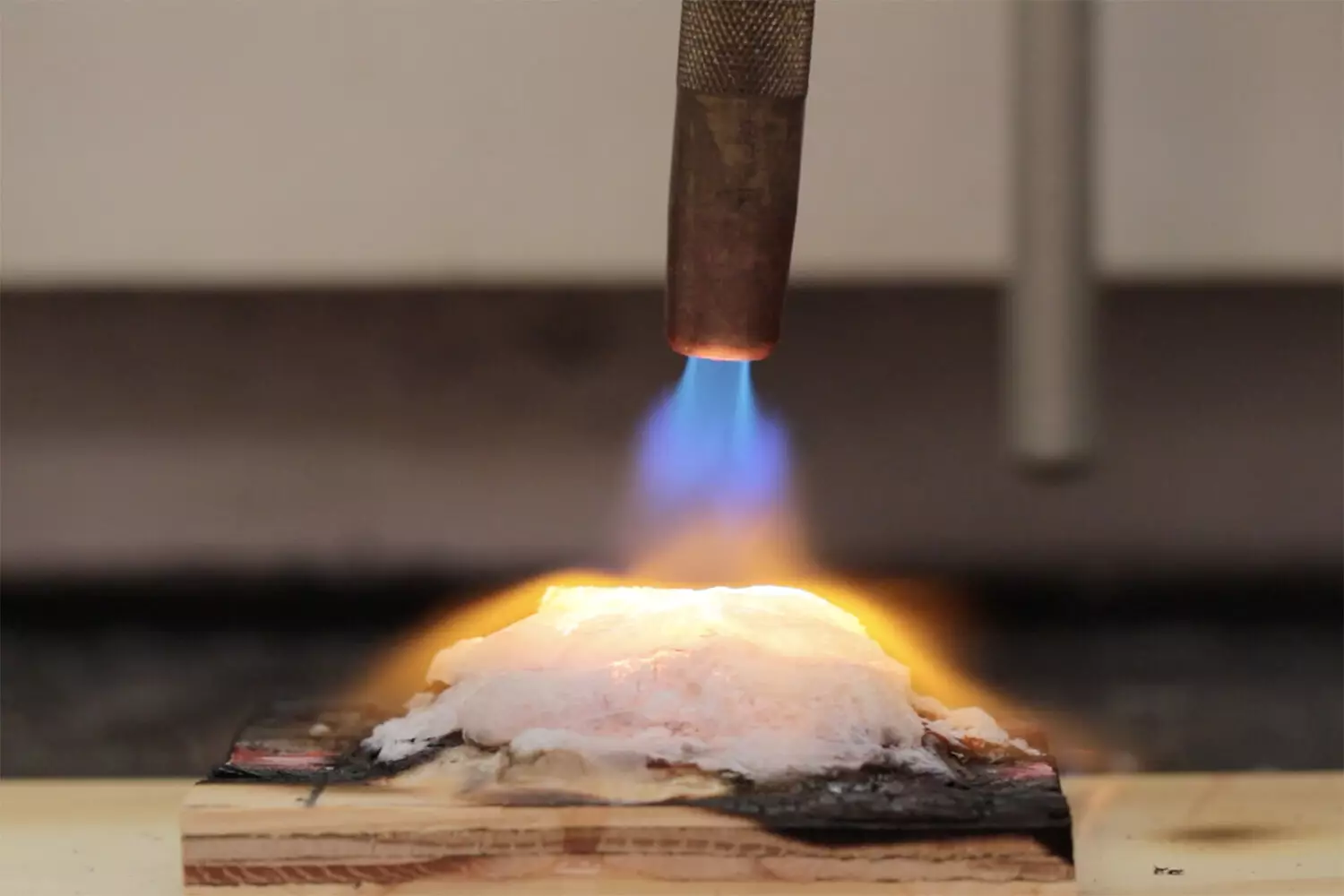As climate change accelerates, the devastating impact of wildfires has become an undeniable reality. Longer fire seasons, intensified by rising temperatures and drought conditions, threaten homes, communities, and ecosystems alike. Traditional firefighting methods—ground crews, aerial water drops, and firebreaks—remain crucial but are increasingly insufficient against the scale and ferocity of modern wildfires. In this context, innovative solutions are urgently needed, not just to combat fires but to help protect vulnerable structures and habitats proactively. Among these advancements, a cutting-edge water-enhancing gel developed by researchers at Stanford University promises a paradigm shift in wildfire defense. Instead of solely relying on suppression after a fire starts, this technology aims to create protective barriers that endure under extreme conditions, potentially transforming prevention strategies.
Understanding the Science Behind the Gel
The novel gel’s superiority lies in its sophisticated design, which leverages advanced materials science to outperform existing solutions. Traditional fire-resistant gels, primarily composed of super-absorbent polymers similar to those in diapers, provide a moist shield but are limited by rapid drying—notably, they often last just 45 minutes under wildfire conditions. The new Stanford-developed formulation transcends this limitation by undergoing a remarkable transformation when exposed to intense heat.
At its core, the gel contains a combination of cellulose-based polymers and silica particles. Initially, it functions like a typical water-retaining gel, swelling upon application and creating a wet barrier around structures. However, the true innovation reveals itself when the environment heats up during a fire. The gel’s water component evaporates, but the silica particles—designed to remain resilient—are left behind. These particles then coalesce into a robust foam reminiscent of aerogel, a material known for its exceptional insulating properties and ultra-lightweight nature used in aerospace.
This transformation from a soft hydrogel to a rigid, insulating foam is not merely a chemical curiosity but a carefully engineered feature. The silica aerogel’s porous structure scatters heat and minimizes thermal transfer, effectively shielding the underlying material from the high temperatures of flames and embers. This process results in a much longer duration of protection—over seven minutes in lab tests—significantly outlasting commercial gels, which typically falter after 90 seconds.
Implications for Wildfire Management and Community Safety
The practical applications of this gel are profound. By spraying it on vulnerable structures—homes, outbuildings, critical infrastructure—before a wildfire approaches, communities could gain invaluable extra minutes or even hours of protection. The gel’s ability to form a persistent barrier under extreme conditions provides a critical window for evacuation and firefighting efforts, potentially reducing property loss and saving lives.
Furthermore, because the gel turns into an insulative aerogel foam once exposed to fire, it offers ongoing protection even after the water has evaporated. This is a game-changer: rather than being a transient buffer that dries out quickly, it becomes an enduring shield that withstands some of the worst fire scenarios. Its environmental footprint is also carefully considered. The gel is made from non-toxic, biodegradable components previously deemed safe by the U.S. Forest Service, and studies confirm it can be broken down by soil microbes after use, ensuring that it doesn’t become a pollutant or hazard once the threat has passed.
This innovative solution also aligns with the need for scalable, on-demand fire prevention methods. The gel can be stored, transported, and applied using standard equipment, making it adaptable for widespread use—not just by professional firefighters but also by homeowners and community organizations. The ease of application combined with its remarkable resilience offers a promising tool to complement existing wildfire mitigation strategies.
From Serendipity to Scientific Breakthrough
The development journey of this gel is as intriguing as the science itself. It began with an accidental discovery: researchers, curious about how these water-enhancing gels behaved on their own, applied them to a piece of wood and exposed it to a flame. To their surprise, the gel puffed into a foam-like aerogel that persisted under fire, providing a protective layer even after the water component evaporated. This chance finding set off a multi-year effort to optimize the formulation, making it stable, easy to use, and adaptable to different surfaces.
What makes this foray into wildfire prevention particularly compelling is the thoughtful balance between science and environmental responsibility. The components of the gel are already approved for use within federal agencies, and extensive testing confirms its safety for humans and the environment. It is designed to be washed away naturally, without causing lasting harm to soil and wildlife—a crucial consideration as environmental sustainability becomes an integral aspect of emergency response technologies.
The Future of Wildfire Defense
While the research is still in its early stages, the potential impact of these advanced gels is undeniable. In a world where wildfires continue to grow in frequency and ferocity, staying ahead requires innovation that combines scientific ingenuity with practical deployment. This gel exemplifies such innovation, offering a new tool for resilience—not just reactive firefighting but proactive protection.
In the grander scheme, this breakthrough embodies a shift in how we approach natural disasters. Instead of being purely reactive, communities can adopt preventative measures that work in tandem with traditional firefighting efforts, ultimately saving lives, property, and ecosystems. As climate conditions evolve, so must our strategies, and this promising development is a pivotal step toward a safer, more resilient future.

